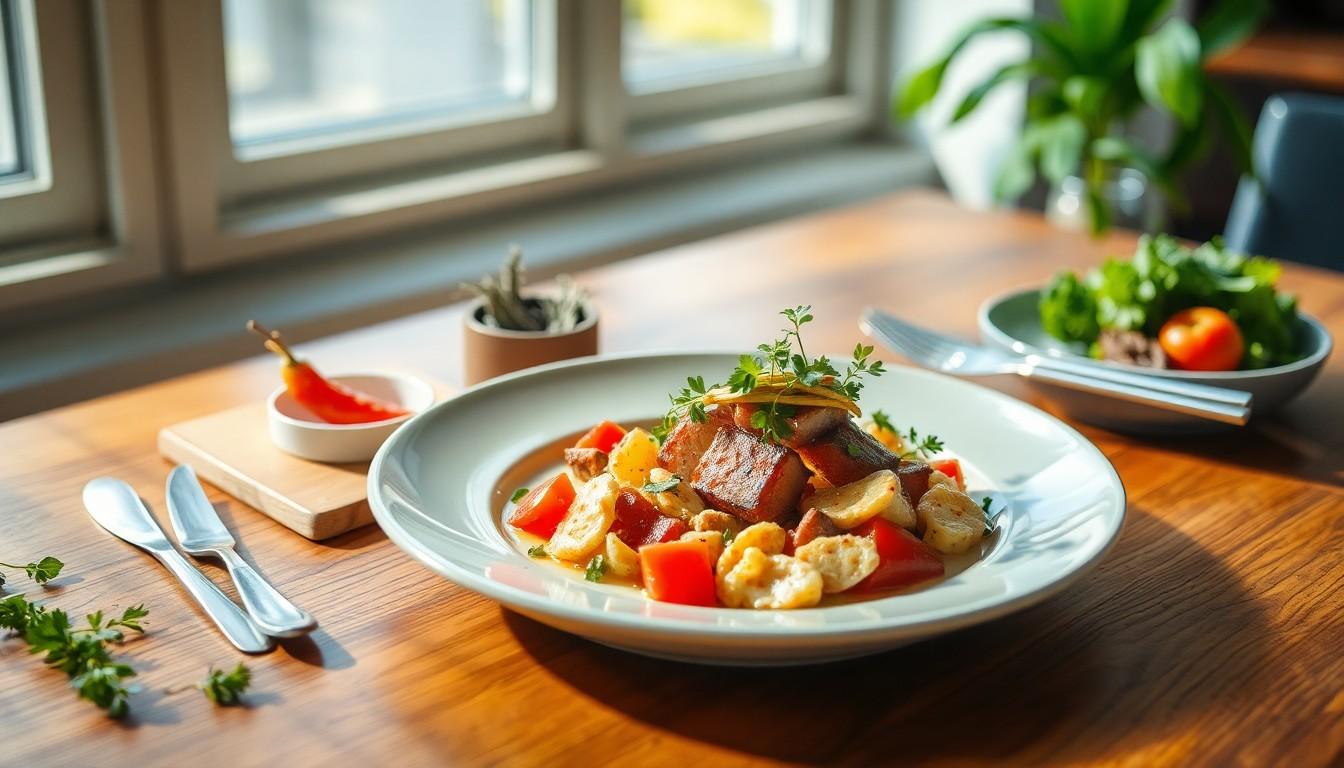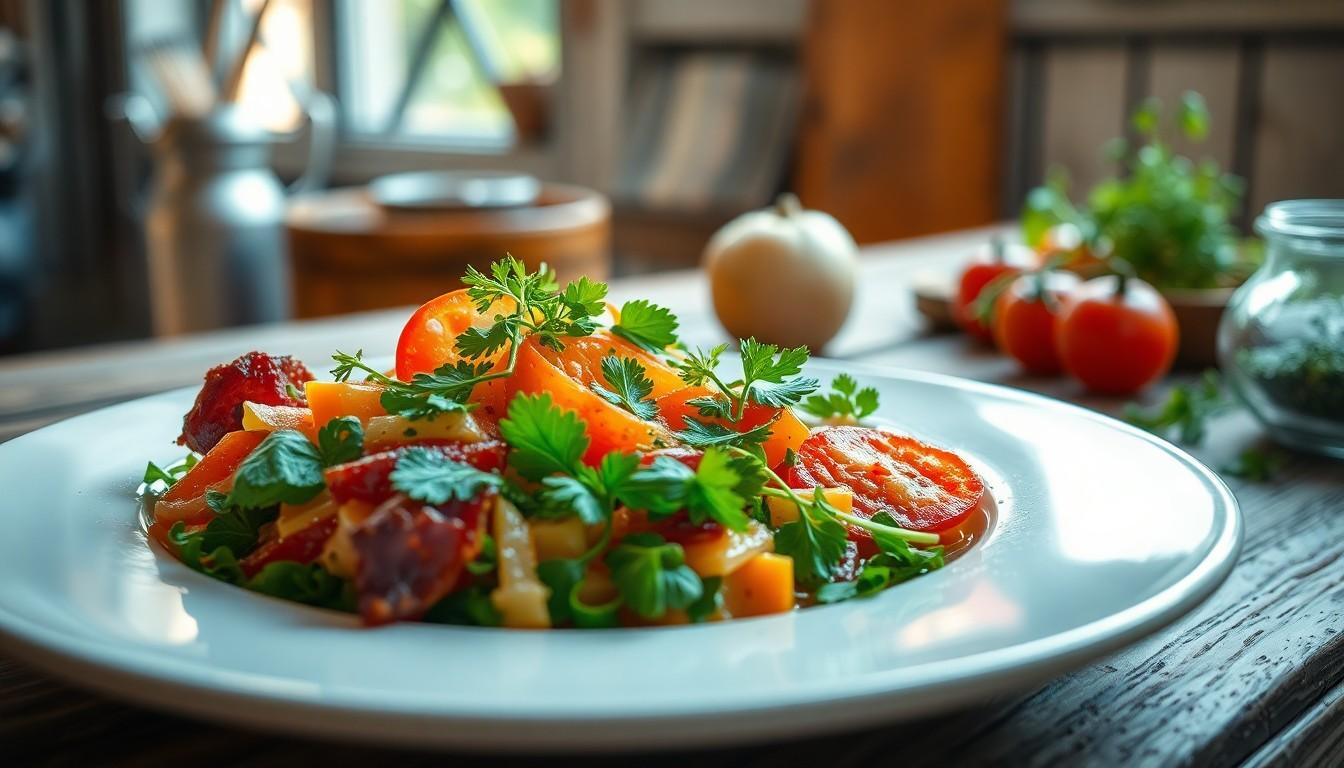In a world where everyone’s a food critic armed with a smartphone, capturing mouthwatering images is no longer just a hobby—it’s an art form. Enter Nicole S. Young’s Food Photography: From Snapshots to Great Shots. This guide transforms ordinary food photos into drool-worthy masterpieces that even grandma would envy.
Food Photography: From Snapshots to Great Shots Nicole s. Young pdf
Food photography captures more than just a meal; it conveys stories, flavors, and emotions. Crafting beautiful images requires understanding lighting, composition, and styling. Professional photographers utilize techniques that highlight the texture and color of foods.
Natural light often enhances the visual appeal of photographs, making fresh ingredients look vibrant and inviting. Using reflectors or diffusers can modify harsh light, creating a balanced atmosphere. On the other hand, artificial lighting also serves as an effective option, especially in low-light conditions.
Focusing on composition becomes essential for creating impactful images. Placing the main subject off-center often draws attention effectively. Utilizing negative space can add depth and guide viewers’ eyes toward the focal point.
Exploring various angles transforms the presentation of food. Aerial shots provide a unique visual perspective, making flat lays popular for their versatility. Alternatively, shooting from a lower angle can create a dynamic portrayal, making dishes appear more enticing.
Incorporating props complements the main dish and adds context. Using complementary colors can create cohesive themes while enhancing visual interest. Movement in photos, such as drizzling syrup or pouring milk, also captures action, making images more engaging.
Editing tools play a crucial role in refining photography. Basic adjustments, like contrast and saturation tweaks, enhance finished images. Advanced software allows for more detailed modifications, giving photographers control over their creative vision.
Mastering food photography combines art and technique. Committing to continuous practice leads to improved skills and greater enjoyment of the craft. Engaging with the food photography community fosters learning and inspiration, driving growth in the field.
Key Concepts from “Food Photography: From Snapshots to Great Shots”

This section outlines fundamental concepts from Nicole S. Young’s book that elevate food photography. These insights guide photographers in producing compelling images that tell stories.
Understanding Lighting Techniques
Lighting plays a crucial role in food photography. Natural light often enhances colors and textures in food, creating warmth and vibrancy. Photographers prefer shooting near windows when the sunlight softly diffuses. Artificial lighting serves well in low-light scenarios, allowing for more creativity. Using reflectors helps bounce light onto subjects, minimizing shadows and enhancing details. Understanding the direction of light influences how the food appears, making it essential to experiment with various setups.
Composition Principles
Effective composition directs the viewer’s attention to the food. Placing the main subject off-center creates visual interest. Negative space balances photos, allowing the dish to stand out. Incorporating leading lines can guide the eye through the image. Angles significantly affect how food is perceived, with aerial shots showcasing entire layouts and lower angles emphasizing height. Adding props enriches storytelling by providing context. Each principle works together to transform ordinary dishes into stunning visuals.
Practical Tips for Food Photographers
Food photography requires the right tools and techniques to achieve stunning visuals. Successful images rely on quality equipment and effective styling.
Equipment Recommendations
Choosing the right camera plays a pivotal role in food photography. DSLR or mirrorless cameras often yield superior results, providing flexibility and superior image quality. A versatile lens, like a 50mm or macro lens, captures intricate details. Tripods stabilize shots, allowing for longer exposures in low light. Utilizing reflectors helps control shadows, enhancing the overall look. While professional gear stands out, smartphone cameras can also produce impressive images when utilized properly.
Styling Food for the Camera
Styling food enhances its appearance and appeal in photographs. Fresh ingredients draw attention, so select vibrant produce that stands out. Arranging the food thoughtfully adds context to the shot. Using props like cutlery or napkins creates a story around the meal. Plating techniques, such as stacking or fanning, provide depth and interest. Experimenting with different backgrounds complements the dish, allowing colors to pop. Overall, effective styling transforms a simple meal into a captivating photograph.
Case Studies and Examples
The effectiveness of food photography resonates through various successful examples.
Analysis of Successful Food Photography
Analyzing top-notch food photography reveals consistent themes. Strong lighting enhances the colors of the ingredients, making dishes visually appealing. Unique angles add depth, while thoughtful composition guides the viewer’s eye. Various photographers, such as Alice Gao and Maria Lichty, exemplify these principles. They utilize vibrant props and clean backgrounds to create outstanding images. Engagement with the audience also emerges through relatable food styling and seasonal themes. Such approaches showcase how technical skills intertwine with creativity.
Lessons Learned from “Food Photography: From Snapshots to Great Shots”
Lessons from Nicole S. Young’s book illuminate key strategies for aspiring food photographers. Proper understanding of light transforms ordinary shots into captivating ones. Mastering composition emphasizes balance and focuses attention on the dish. Embracing editing techniques allows for refining images, enhancing their overall quality. Community feedback plays a vital role in growth, encouraging photographers to share their work and gain valuable insights. Adopting these lessons fosters continual improvement and inspires unique individual styles.
Snapshots to Great Shots
Nicole S. Young’s “Food Photography: From Snapshots to Great Shots” serves as an essential guide for anyone looking to elevate their food photography skills. By emphasizing the importance of lighting composition and styling, the book empowers photographers to create images that tell a story and evoke emotions.
The practical tips and techniques shared throughout the book enable both beginners and experienced photographers to refine their craft. With a focus on community feedback and continuous practice, aspiring food photographers can develop their unique styles and improve their skills over time.
Ultimately the journey from simple snapshots to stunning food photography is achievable for anyone willing to learn and experiment.
